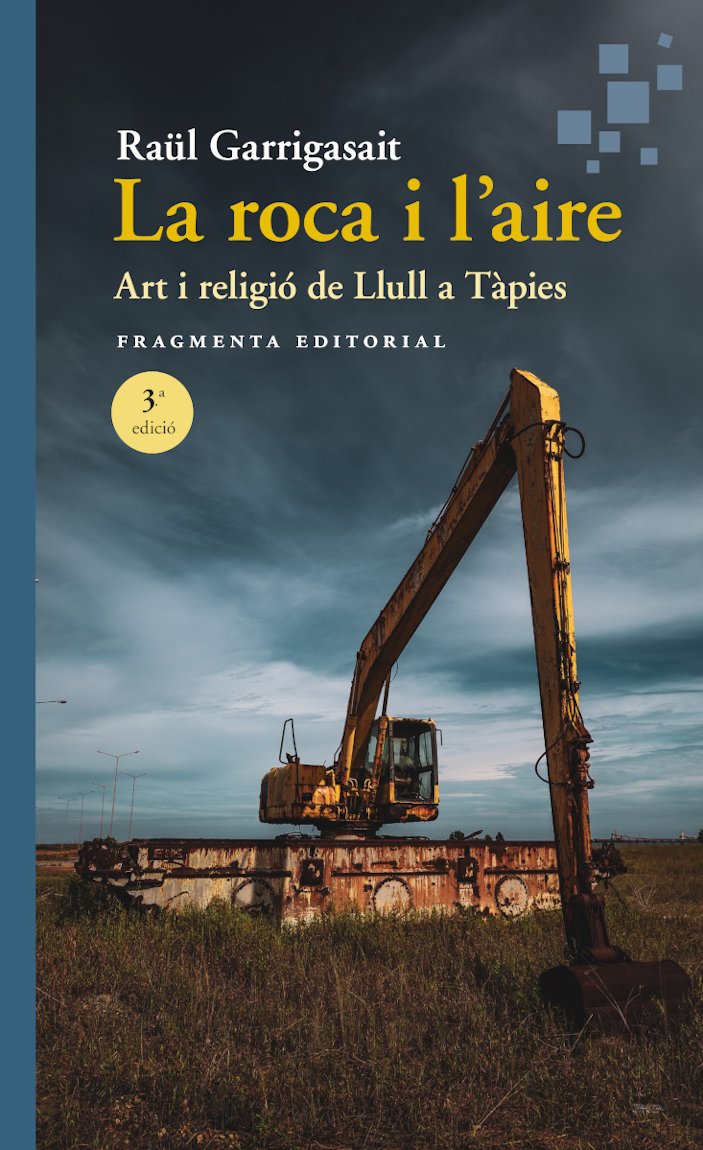
Fragmenta, 2025
114 pages
Non Fiction
Raül Garrigasait has shown with this latest essay why he is one of the most original thinkers writing in Catalan. Here is a book, or toolbox, to help us reflect on our humanistic tradition, modernity’s crisis, and our current apocalyptic climate experiences. From its title onwards, his essay is full of tension points -ancient/modern, tradition/creation, magic/ science, sacred/profane- capsizing logic and offering unexpected harmonies between opposites. The work’s central theme lies in the relationship between religion and art; firstly in a context of secularization; and secondly, in one of helplessness. As for the book’s subtitle, it pertains to a discourse linking Ramon Llull (13th century) with Tàpies (20th century) along a chain of Catalan and European Kabbalists, mystics, artists, musicians, poets, and thinkers in a veritable polyphonic display of ideas.
The author’s precise and elegant prose, however, transcends both theme and subtitle. Garrigasait has the ability to take just about any object of study as a summary and symbol of a dynamic totality; whether it be a passage from the Old Testament, a biography of Christ written in the 15th century, the Faustian myth, a piano piece, or an abstract 20th century painting, anything starting point is a valid one when unravelling the world’s inexhaustible relationships in a veritable celebration of intelligence.
Ignasi Moreta
Fragmenta
ignasi.moreta@fragmenta.cat
www.fragmenta.cat
Request content sample to literature@llull.cat
If you wish to be informed about our different grants calls and the latest news, you can subscribe to one of our newsletters addressed to translators, publishers or festival programmers via literature@llull.cat.